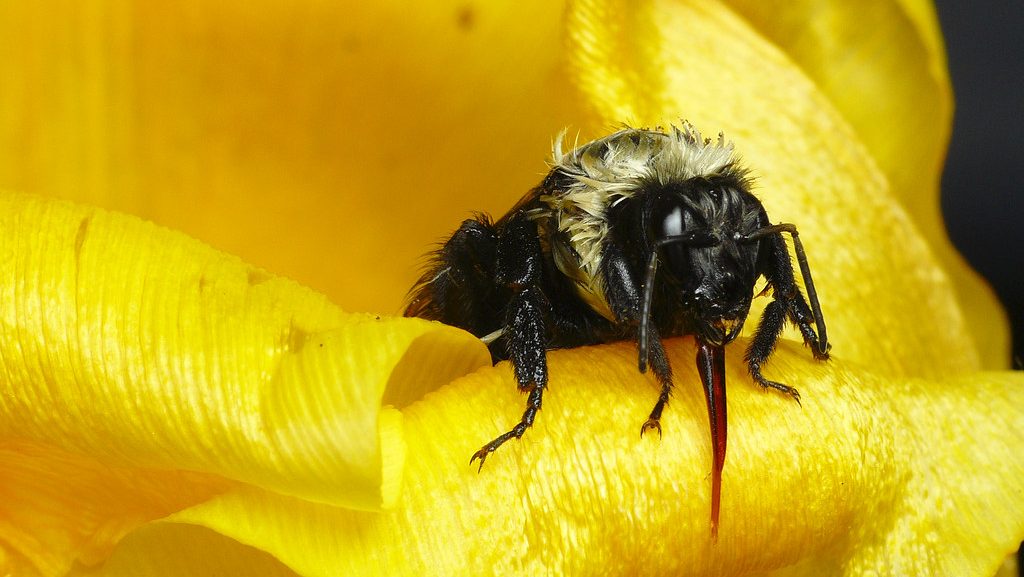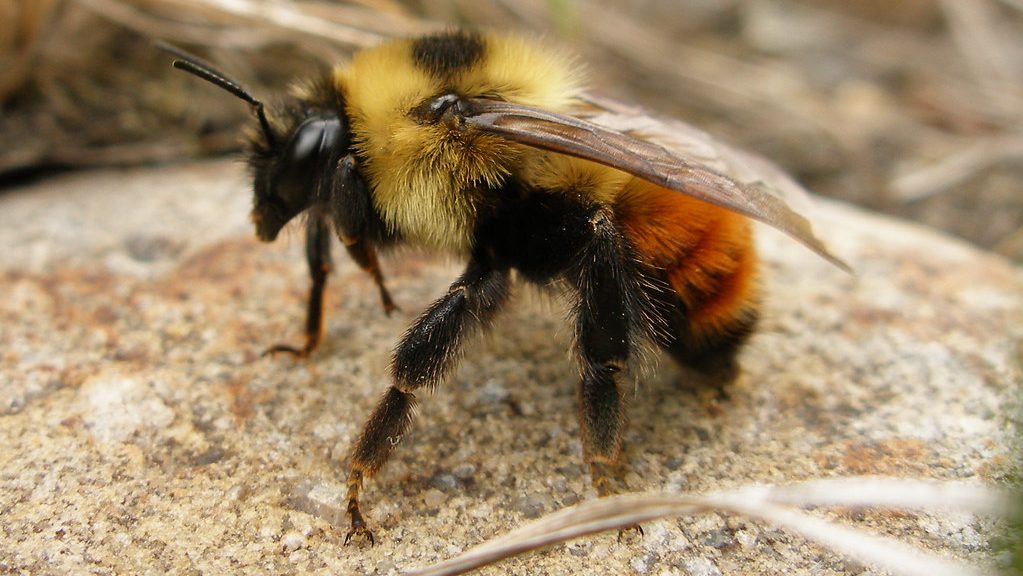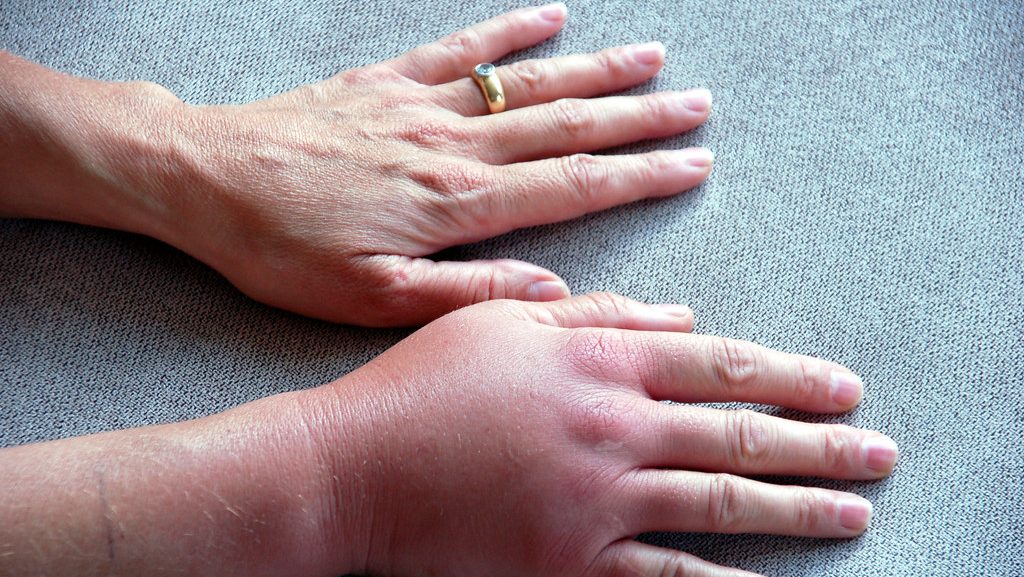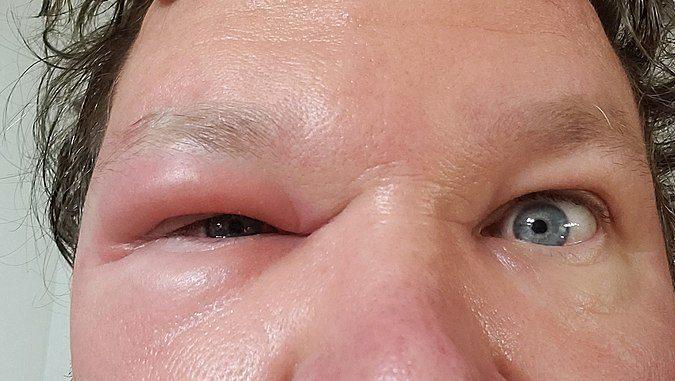Key Takeaways
- Bumble bees are non-aggressive and sting only in self-defense when threatened.
- They can sting multiple times without losing their stinger, causing pain, swelling, redness, and itching.
- Bumble bees don’t spread diseases to humans but can carry pathogens affecting other bees and ecosystems.
- Most stings can be treated at home with cleaning, cold compresses, antihistamines, and monitoring for reactions.
- Prevent stings by avoiding sudden movements, not disturbing nests, wearing protective clothing, and skipping strong scents.

Are Bumble Bees Harmful?
Bumble bees are not naturally aggressive and typically do not harm humans unless they are feeling threatened. They are essential for pollination, benefiting plants, flowers, and crops. However, like most stinging insects, bumble bees can defend themselves by stinging when provoked. Unlike honeybees, bumblebees do not lose their stinger after stinging, which allows them to sting multiple times.What Diseases Can Bumblebees Spread?
- While bumble bees are not known to spread diseases directly to humans like mosquitoes or ticks, they can carry certain pathogens that may affect other bees or plants.
-
Crithidia bombi: A gut parasite that can weaken bumble bee colonies, impacting their foraging efficiency and survival.
-
Nosema bombi: A fungal infection that affects bumble bee health and reproduction, threatening pollination effectiveness.
-
Viruses and Fungal Pathogens: These don’t harm humans but can significantly reduce bee populations, disrupting ecosystems that depend on pollination.


Not getting a solution?
Get your free pest control estimate today!What Does a Bumble Bee Sting Look Like?
A bumble bee sting is similar to other stinging pests but has a few distinctive features. The sting site often shows a red, swollen bump with a small puncture mark at the center. Initial pain or a burning sensation is common, followed by mild throbbing or itching. The affected area may swell and become red, especially for people with sensitive skin. Pain and swelling usually subside within a few hours to a day, but in some cases, it may last longer. If you experience severe symptoms like difficulty in breathing, dizziness, or swelling beyond the sting area, you should seek medical attention immediately, as these may indicate an allergic reaction.How Many Times Can a Bumble Bee Sting?
Unlike honeybees, which can sting only once, bumblebees have smooth stingers that do not get stuck in the skin. This anatomical difference allows them to sting multiple times without losing their stinger. However, bumble bees usually sting only as a last resort when their hive or themselves are threatened.
How to Treat a Bumble Bee Sting
Follow these steps to relieve pain and reduce swelling from a bumble bee sting.INSTRUCTIONS
Step 1: Remove the Bee (If Present)
- If the bee is still on your skin, gently brush it away. Unlike honeybees, bumble bees do not leave their stinger behind.
Step 2: Clean the Area
- Wash the sting area with soap and water to prevent infection.
Step 3: Apply a Cold Compress
- Use a cold pack or ice wrapped in cloth to reduce swelling and numb the area.
Step 4: Use a Paste of Baking Soda and Water
- This natural remedy can neutralize bee venom and reduce itching.
Step 5: Apply Calamine Lotion or Hydrocortisone Cream
- These help relieve itching, swelling, and redness at the sting site.
Step 6: Take an Antihistamine
- Over-the-counter antihistamines, like diphenhydramine (Benadryl), can reduce allergic reactions.
Step 7: Elevate the Area
- If the sting is on your hand or foot, elevate it to reduce swelling.
SAFETY TIPS
-
Monitor for Allergic Reactions: Seek medical attention if you experience difficulty breathing, swelling, or dizziness after the sting.
-
Avoid Scratching: Scratching the sting area can increase the risk of infection.
Note
Prompt treatment can help prevent complications such as infections or allergic reactions.When to Seek Medical Attention
-
Severe Allergic Reactions: Symptoms like difficulty breathing, swelling of the face or tongue, or dizziness require immediate medical attention.
-
Signs of Infection: If the sting area becomes more swollen, red, or develops pus, it may be infected.
-
Multiple Stings: Being stung multiple times can increase the amount of venom in your body, leading to a more serious reaction.

Prevention Tips to Avoid Bumble Bee Stings
-
Avoid Sudden Movements: Stay calm and move slowly when near bumble bees to reduce the risk of provoking a sting.
-
Do Not Disturb Nests: Keep your distance from bumblebee nests to avoid triggering defensive behavior.
-
Wear Protective Clothing: When working outdoors, cover exposed skin to minimize sting risk in bee-prone areas.
-
Avoid Strong Fragrances: Perfumes and scented products can attract bees—opt for unscented options when outside.
-
Seal Garbage Bins: Secure trash bins tightly to prevent bees from being drawn in by food odors.
| Myth | Fact |
|---|---|
| Bumble bees die after they sting. | Bumblebees have smooth stingers and can sting multiple times. |
| Bumblebees are aggressive and chase people. | Bumblebees are not naturally aggressive and only sting when provoked. |
| Bumble bee stings are more dangerous than wasp stings. | Wasp stings are generally more dangerous due to higher venom toxicity. |
| All bumble bee stings require medical treatment. | Most bumble bee stings can be treated at home unless there is an allergic reaction. |
| Bumble bees can only sting once. | Bumble bees can sting multiple times as their stingers do not have barbs. |





